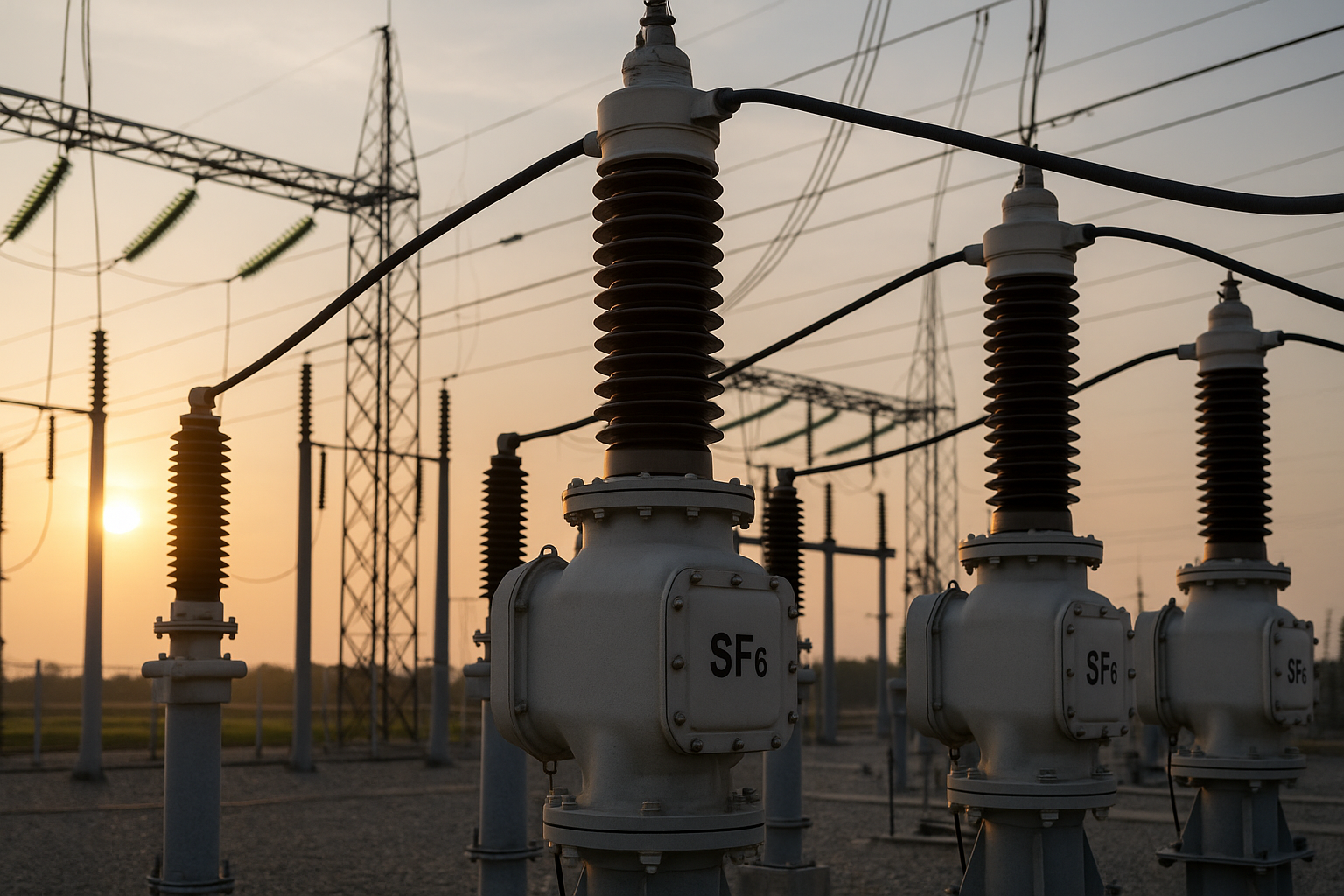EU SF₆ Switchgear Ban — What to Expect Before 2026
The clock is ticking. Starting in 2026, the European Union will begin phasing out SF₆ gas in new switchgear. The ban affects medium-voltage systems first, with high-voltage categories to follow soon after.
While existing equipment can continue operating, the days of installing SF₆-based systems are numbered. If your company works with electrical infrastructure, this affects you.
Why SF₆ is Being Phased Out
SF₆ has long been used in switchgear because of its excellent insulating and arc-extinguishing qualities. However, it is also one of the most harmful greenhouse gases in use today.
- It has a global warming potential more than 25,000 times higher than CO₂
- It remains in the atmosphere for thousands of years
- Its emissions have been rising rapidly in recent decades
In short, it is not compatible with long-term climate goals. That is why the EU has committed to ending its use in new equipment.
Key Deadlines You Should Know
The new F-Gas Regulation (EU 2024/573) was introduced in March 2024. It sets a clear timeline for the SF₆ phase-out across various voltage levels.
- From 1 January 2026, SF₆ is banned in new switchgear up to 24 kV
- From 1 January 2028, the ban extends to 52–145 kV switchgear
- From 1 January 2030, it includes 24–52 kV systems
- From 1 January 2032, it covers all new installations above 145 kV
Existing systems are allowed to stay in operation, but only if they are not moved or expanded after the ban dates.
Who is Affected by the Ban
This regulation impacts a wide group of professionals, from technical teams to procurement and project planners. If you are involved in grid operations or large-scale installations, you will need to act soon.
- Utilities and grid operators
- Electrical equipment manufacturers and OEMs
- Industrial and data center project developers
- Contractors and certified installers working with HV and MV gear
Future projects will require certified SF₆-free technology. Technicians will also need to update their qualifications to meet stricter handling and maintenance standards.
What SF₆-Free Alternatives Are Available
The good news is that viable alternatives already exist. Many are already in use across Europe and beyond. These technologies meet both performance and environmental standards.
- Vacuum interrupters used widely in medium-voltage systems
- Dry air or nitrogen insulation for zero-emission operation
- Low-GWP gas blends like fluoronitrile mixtures
- Solid insulation systems that require no gas at all
Leading manufacturers such as ABB, Siemens Energy, GE, Schneider Electric, and Casram have already launched proven SF₆-free solutions on the market.
How to Prepare
If your organization uses or supplies electrical switchgear, the time to prepare is now. Early planning will save time, reduce cost, and prevent last-minute disruptions.
- Audit your existing SF₆ inventory
- Develop a phase-out and replacement strategy
- Contact suppliers to secure SF₆-free products in time
- Schedule training for staff and installation teams
- Stay updated on compliance rules and certification requirements
Delaying this process may lead to regulatory penalties, delayed installations, or long lead times on compliant products.
What This Means for the Industry
The SF₆ ban is not just a regulation. It represents a major shift in how we design and maintain energy infrastructure. Companies that move early will not only be compliant. They will be seen as leaders in environmental responsibility and future-proof engineering.
The switch to cleaner alternatives is no longer a question of technology. It is a matter of commitment and planning. The tools are ready. The regulations are clear. What happens next is up to each player in the field.
Helpful Resources
If you want to dive deeper into the regulation or the technologies replacing SF₆, here are trusted resources:
• Official EU Regulation 2024/573 (PDF)
• Casram – Regulation and alternatives explained
• ABB – Medium-voltage SF₆-free brochure

